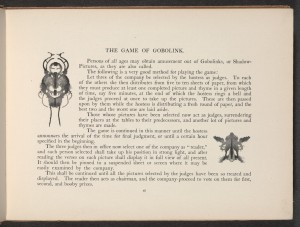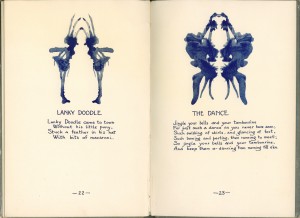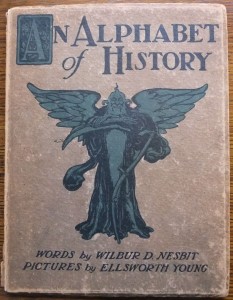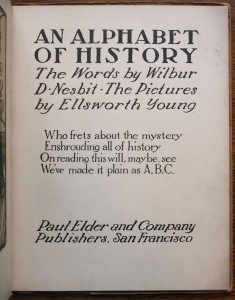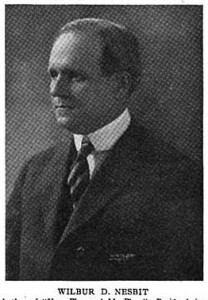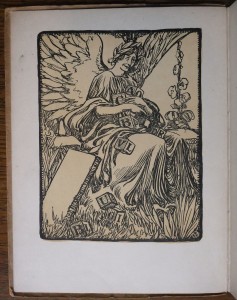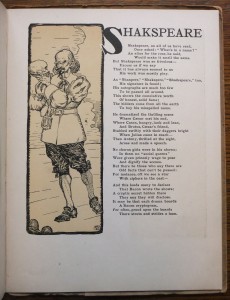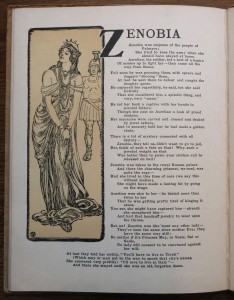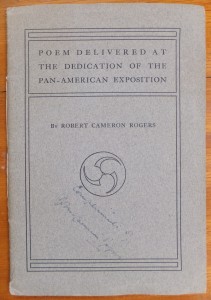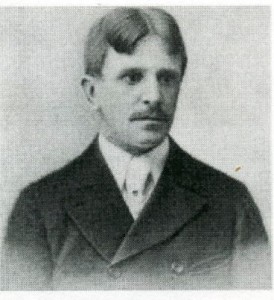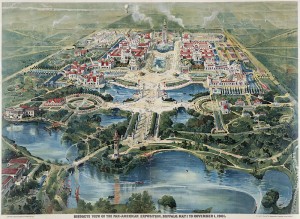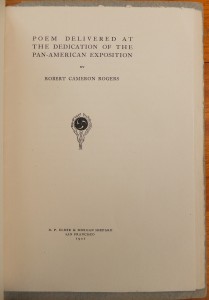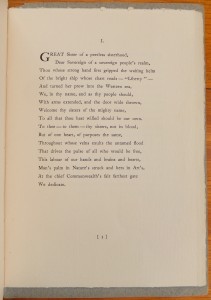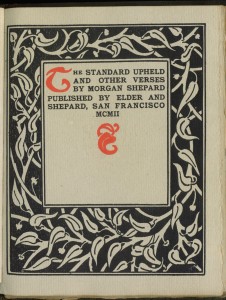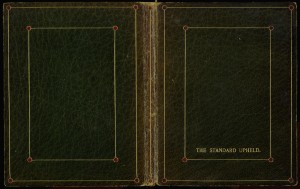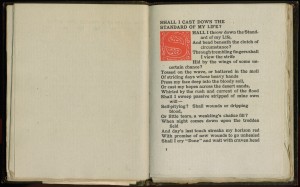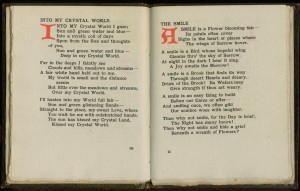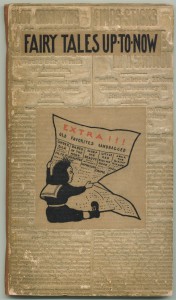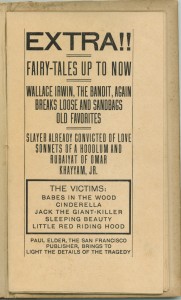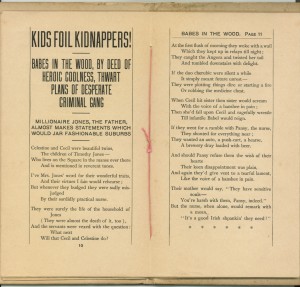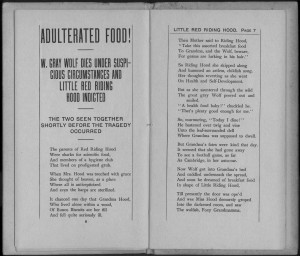
The craft of making art from inkblots is called klecksography (from klecks, the German word for “stain” or “blotch”). The modern reader might call to mind the Rorschach Test, but klecksography has a much longer history.
The first person to publish a book using inkblots was Justinius Kerner (1786-1862), a German poet and medical writer. Due to failing eyesight, he would often accidentally drip ink onto his paper. Rather than throw away the resulting inkblots he decided to keep them as artwork, and wrote poems to accompany them. He finished the book Klecksographien in 1857 but it wasn’t published until 1890, twenty-eight years after his death.

In 1896, Albert Bigelow Paine (1861-1937) and Ruth McEnery Stuart (1849-1917) published “Gobolinks,” (a play on the words “goblin” and “ink”). Paine and Stuart envisioned Gobolinks as a game, where the players have five minutes to create an inkblot and then a poem to accompany it. Judges are chosen amongst the group, and they choose the best submissions; players whose works are chosen then become judges for the next round, and the previous judges become players. After the proscribed number of rounds, the final judging is conducted.
Enter Paul Elder & Company in 1907, with Blottentots, and How To Make Them. The book is certainly derivative, but the inkblots are creative and the verses delightful for youngsters’ ears. The author is John Prosper Carmel with calligraphy by Raymond Carter, but the former is believed to be a pseudonym of the latter. I have been unable to find any information about Mr. Carter.
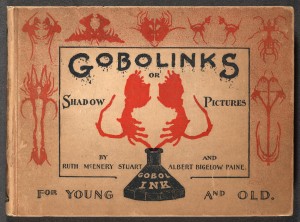
In 1921, fifteen years after the publication of Blottentots, Hermann Rorschach (1884-1922) wrote his book Psychodiagnostik, which was to form the basis of the test which bears his name. Some have suggested that Rorschach based his inkblots on Kerner’s, but there appears to be no conclusive evidence of this.
